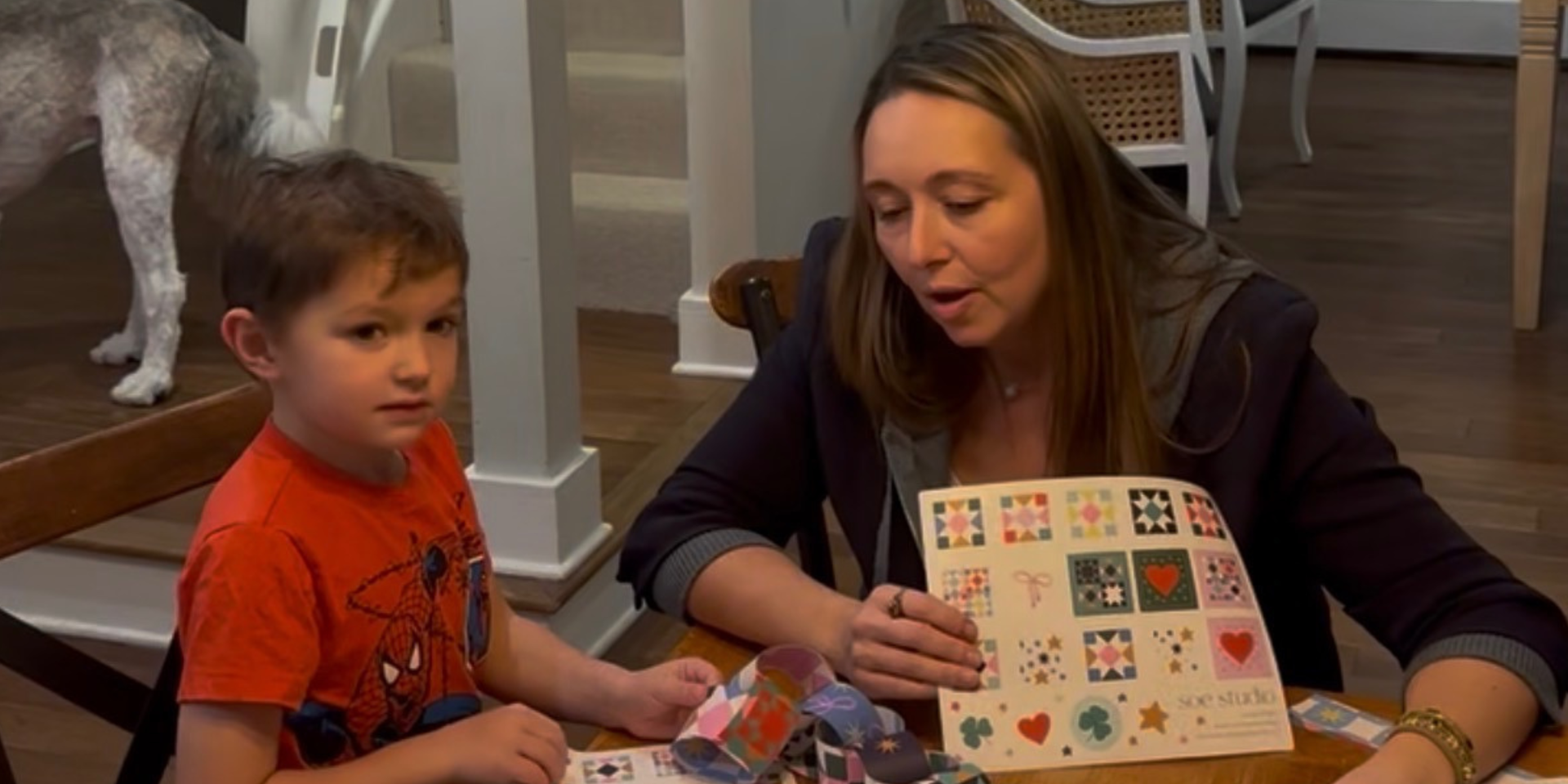Feature in The North Salem Post
No one is ever happy about receiving bills, but this winter’s home electricity bills are shaping up to be particularly painful. The New York Independent System Operator (NYISO), the non-profit, independent entity responsible for administering and overseeing the wholesale electric markets, recently warned of a sharp rise in wholesale electric costs expected this winter. There are a lot of factors impacting the costs but the bottom line is that homeowners should prepare for higher than normal bills, potentially even higher than last winter.

This was originally published in
The North Salem Post. Credit to the amazing author
Sarah Gayden.
Credit to
The North Salem Post. "Your electricity bills will be high again this winter. Here’s what you can do about it."
What’s causing a rise in prices?
There was significantly reduced demand for electricity during 2020, when COVID restrictions were in place. Demand then bounced back dramatically in 2021. The industry struggled to ramp production back up, meaning less supply, which in turn caused higher prices.
U.S. inflation rates are the highest they’ve been in 40 years, according to the U.S. Bureau of Labor Statistics. Natural gas, which is necessary to produce electricity, is subject to the same influences that result in inflation. According to NYISO, in January 2022 natural gas prices were up 279% as compared to a year earlier.
The war in Ukraine added to the already challenging economic factors at play. Forty percent of Europe’s natural gas supply comes from Russia. The U.S. banned Russian oil imports and also committed to increasing exportation of liquefied natural gas into European ports, to help offset those countries' reliance on Russian gas. One result is that U.S. gas prices are now more closely tied to global gas markets than they have been historically, according to NYISO.
What can the average homeowner do to combat higher electricity prices this winter?
While homeowners have no control over the wholesale markets or geopolitical factors, there are still individual actions they can take to help reduce their bill. Jessica Watts, a Pound Ridge-based Coldwell Banker realtor with a background in green commercial construction and a certified Green Realtor from the National Association of REALTORS®, said “there are so many basic things people can do, regardless of their income, that can save them money.”
Below, Watts' top tips to make your home more energy efficient, and save money in the process.
Caulking and weather stripping doors and windows
“It’s the number one and cheapest thing you can do,” Watts said. She recommends clear caulking around all of your doors and windows and noted that most people who take this action see a return on that small investment within a year.
Clean your home heating systems annually
A lot of home heating providers will send their customers annual reminders, and will even include the service in their annual billing. Watts said that a system that is dirty won’t run as efficiently, ultimately costing you more money to heat your home.
Keep radiators clear
“It’s so simple but the more stuff you have up against your radiator, the less heat will come out,” Watts said.
The secret ceiling fan trick
Reversing the direction of your ceiling fan can actually prevent hot air from rising, keeping your family warm down on ground level.
Check your fireplace
For active fireplaces, make sure you close the damper after each use. A closed damper helps prevent cold air from getting into your house. “I had a homeowner who moved into a house that constantly felt wet,” Watts shared. “It turns out the damper wasn’t fitting properly.”
Turn down your boiler
Lowering the temperature of your water boiler by 20 degrees can save between 4-20% on that portion of your energy bill, Watts said. “My advice would be to turn it down a little bit; experiment with it. Every time you dial it down, you’re saving money."
Turn down your thermostat (and throw on an extra layer)
Watts said that the best eco-comfortable choice for a winter house is 62 degrees. “You can put it down to 60 when you leave and kick it up a couple degrees when you get home,” Watts said, noting that the easiest way to moderate your home’s inside temperature is to invest in a smart thermostat. “You can access it from your phone. And they now have bigger screens that are more user friendly. They’ve come a long way,” Watts said.
Use your windows
Let Mother Nature help heat your home by letting in as much sun as possible during the day. When the sun goes down, drop your shades (especially blackout shades) to help keep cold out.
Switch to LED
If you celebrate the holidays with exterior and/or interior lights, Watts says to go all-in on LED. “Switching to LED saves an obscene amount of money,” she said. “You can string 21 basic LED light strings together, plug into one outlet and not blow the outlet. That’s how little energy consumption there is.”
Set a timer
If you’re putting up exterior holiday lights, go the extra mile to put those lights on timers. “Your neighbors will like you more, too,” Watts said.
How to go big on energy savings
If you’ve done the little things and still want to do more, Watts said there are a couple major moves you can make to make your home more energy efficient, which will ultimately save you money.
Insulation
If you know your home is lacking in insulation, Watts recommends calling a professional to address the issue. Emphasis here on the word ‘professional.’ “You have to think of your whole house as a system that works as one,” Watts said. “If you do one thing that doesn’t work in tandem with everything else, you can get mold and wood rot.”
Invest in a home energy audit
Energy audits typically cost the same as a home inspection (between $900-$1,500), and will tell you how much energy your home is currently using, where your home is inefficient, and what the problem areas are. “Just because you have an audit doesn’t mean you have to do everything,” Watts said. “If you’re asking where to go or feeling overwhelmed, an energy audit is where you go.”
Regardless of the steps you may choose to improve your home’s energy efficiency, Watts stressed that the most important thing to do is to do something. “You don’t have to do it all and you don’t have to feel guilty if you don’t do it all,” she said. “The more you do, the more you’ll see a difference.”





